Once you reach and attract your target audience it helps you build your brand awareness and convert your target audience into visitors. It’s also very important to continue communication with them in order to engage and convert them. Email marketing comes into play here, helping to engage prospects, as well as nurture and convert them into customers. And don’t forget, keeping existing customers is less expensive than generating new ones!
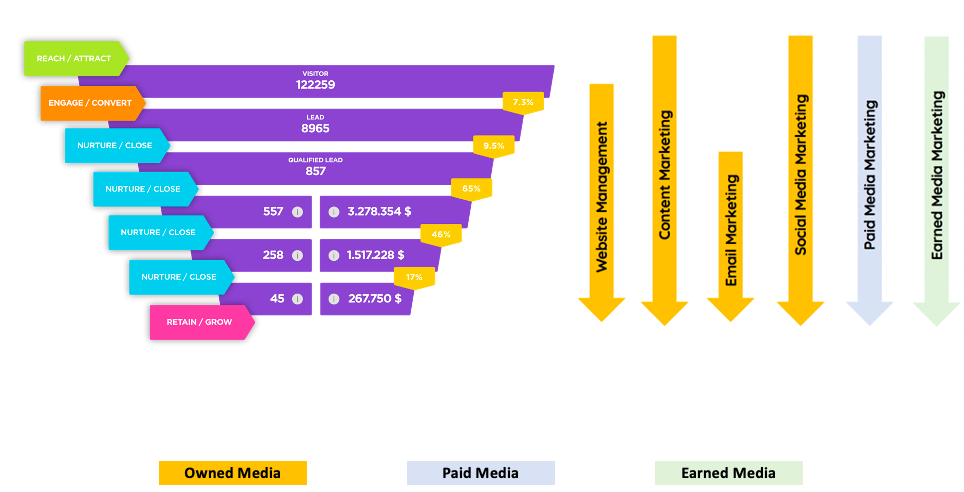
Even after all hi-tech developments in communication, email marketing is still one of the most effective and cost-efficient communication channels. It offers numerous advantages in terms of your target audience and prospects in the sales funnel.
Although there are other cost-efficient ways of communication like social media marketing, email marketing gets better ROI because of its targeting, segmentation, and personalization features. Segmenting your audience and sending them personalized messages allows you to build a relationship and make email marketing a profit-building tool.
You can also effectively leverage your social media and email marketing efforts with cross-channel marketing activities. All the visitors to your site, the engaged users on social media, etc. are the prospects of your email list, so every possible channel like social media is an opportunity to have an increasing email database. You can use social media to extend your email list, then nurture these leads and turn them into customers with email marketing.
Now, let’s have a look at how you can build an email campaign step by step.
The first step to build a growth-driven email marketing strategy is to analyze the opportunities and problems. After reaching your potential customers, you should define your goals. These could be attracting more website traffic, generating leads, taking customer reviews, lowering sales cycles, etc. This is best done with a monthly growth analysis of your brand in terms of your digital marketing KPIs.
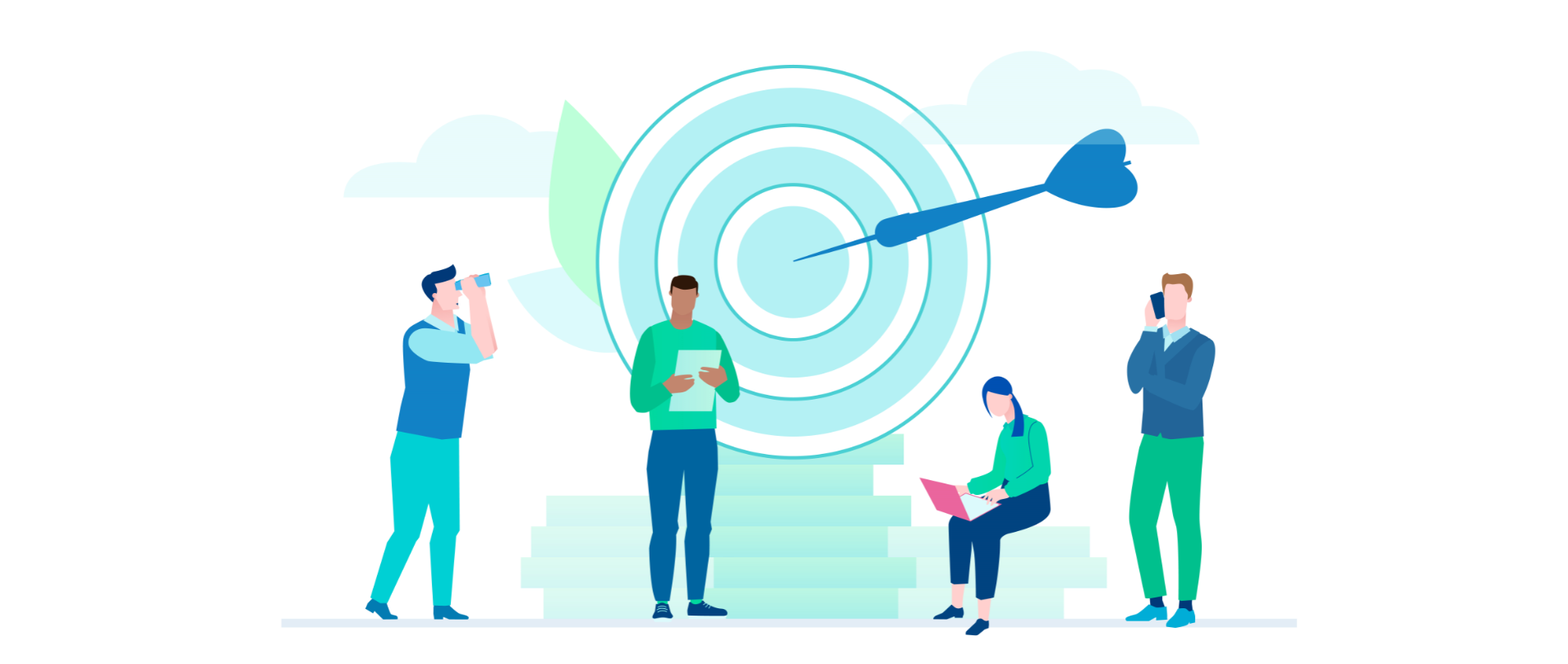
You need to create growth tactics aligned with your goals to convert visitors into potential customers or existing customers to brand promoters.
According to the industry, service, or product, emailing tactics can vary, but it is all about what you can serve as a valuable source. Decide what your target audience needs and what you should serve them to increase engagement.
Your emailing tactics may include:

Sending weekly or monthly newsletters with useful resources build brand loyalty. To retain your subscribers, be a trusted source and thought leader by serving the industry knowledge to your subscribers.

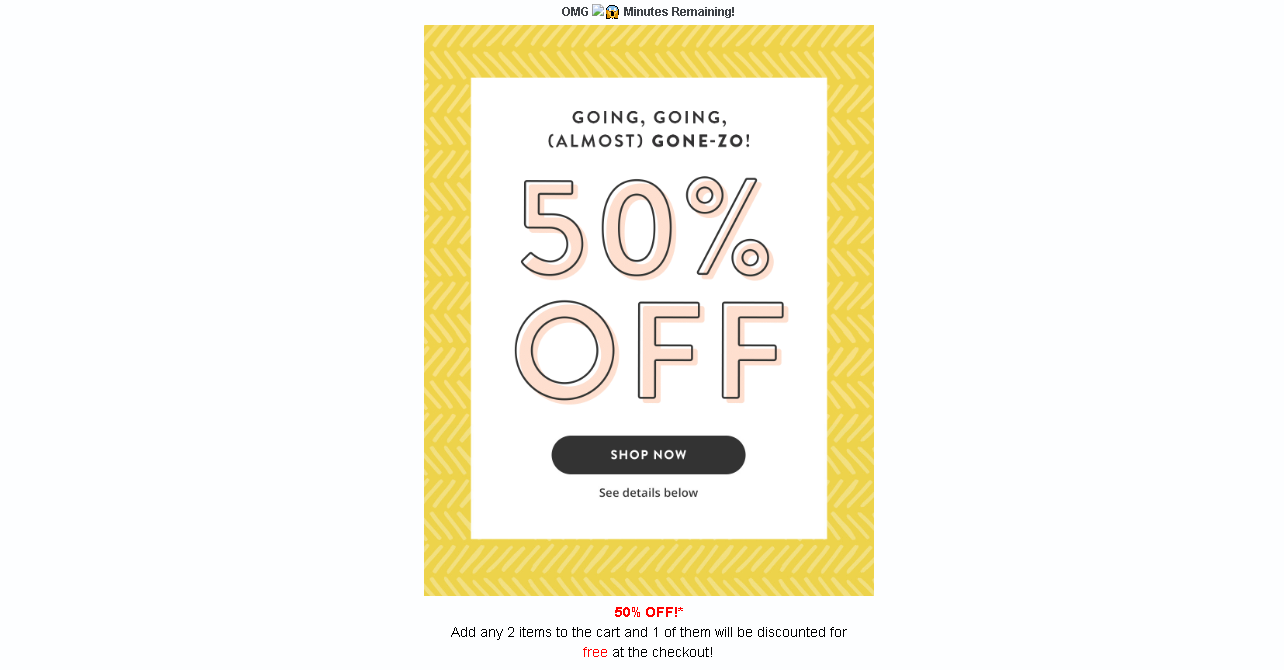

The nature of email marketing constitutes a building of trust with your subscribers and retaining them as a prospect in your sales funnel. Build and grow your email list in a clever way to retain them.
There are lots of tactics and tools for collecting email addresses, but they are effective only if your content creates value. So, you need to build a growth-driven content marketing strategy in order to collect email addresses that can be converted from subscribers into customers.
Your data collection tactics may include:
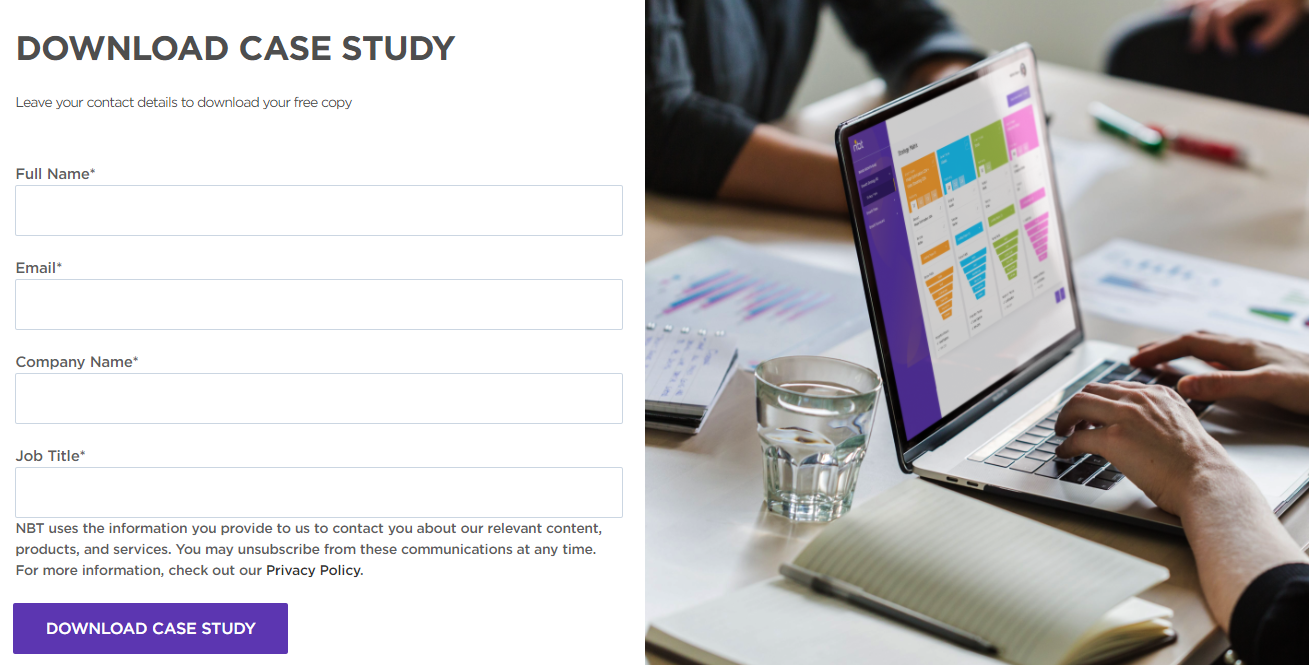


Source: https://www.crunchbase.com/organization/nbt-next-big-thing#section-overview
Important note: In order to encourage visitors to fill out your forms, instead of requiring many details, shorten your questions to get their main contact information.
There are some key tactics that increase the engagement of your email database:


In order for you to plan and track your email marketing tactics and activities easily, here’s our Email Marketing Planning Guide for you to have an understanding of how to create an email marketing plan, the main email types, and some tactics for you to use in your email marketing activities. Moreover, take a look at our tool for Email Marketing Planning for you to practice and exercise on how to create new plans and track them.
An email campaign has many components. How we use these components is as important as understanding opportunities, creating tactics, and collecting the audience to implement the tactics you have developed.

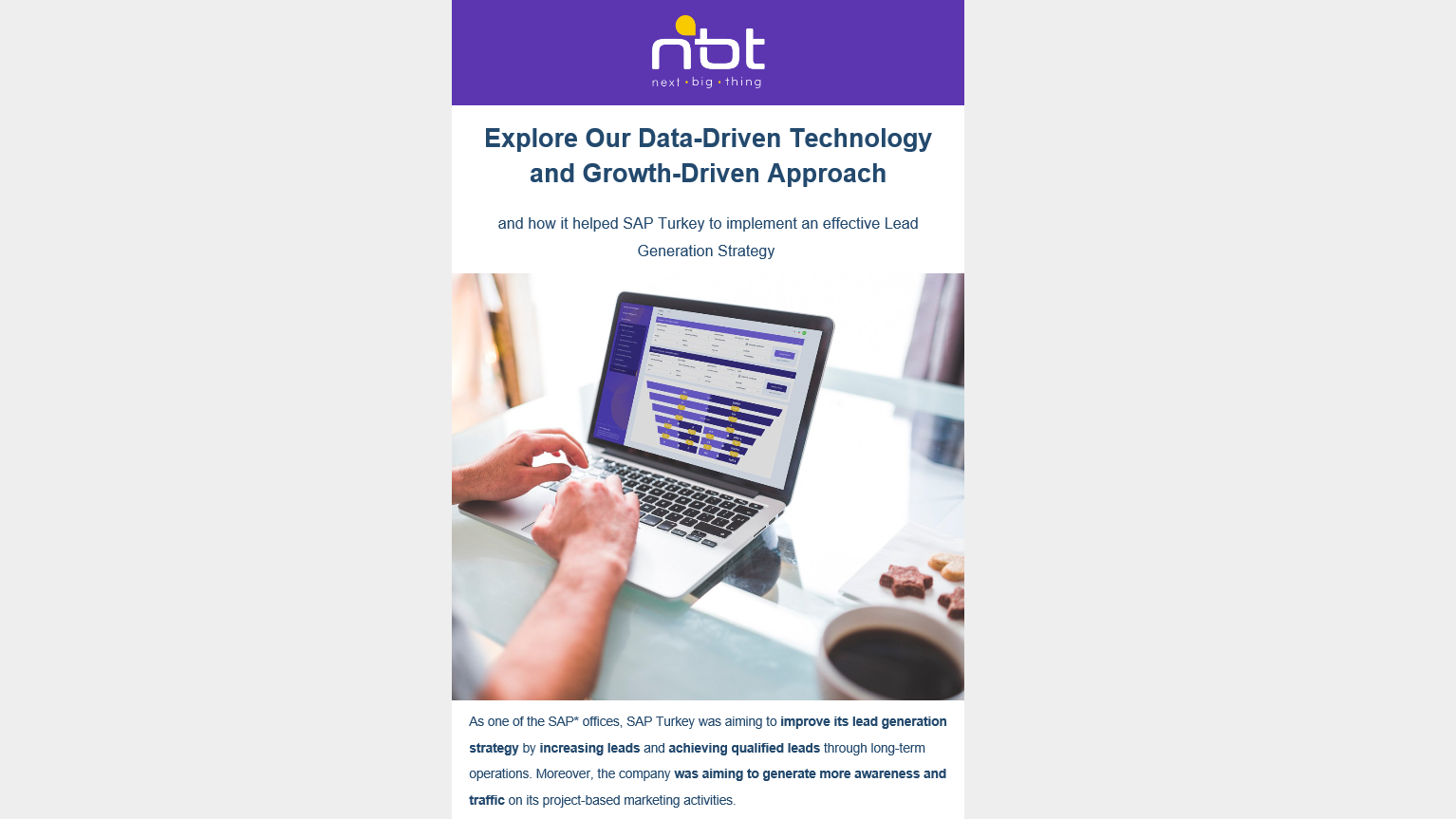
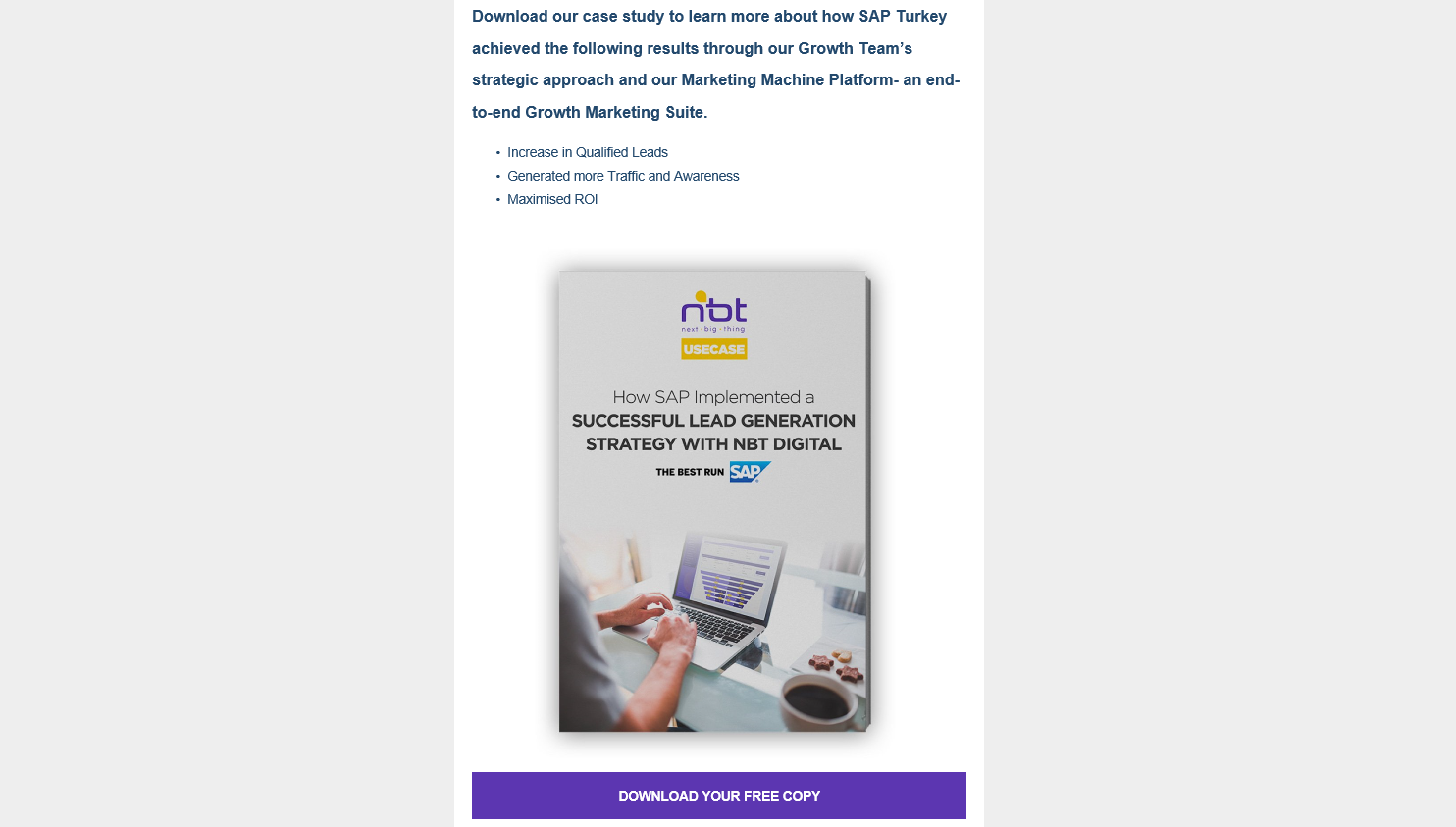
After you create a campaign, you should send a test email before sending it to the audience. At this point, there are important things to consider:
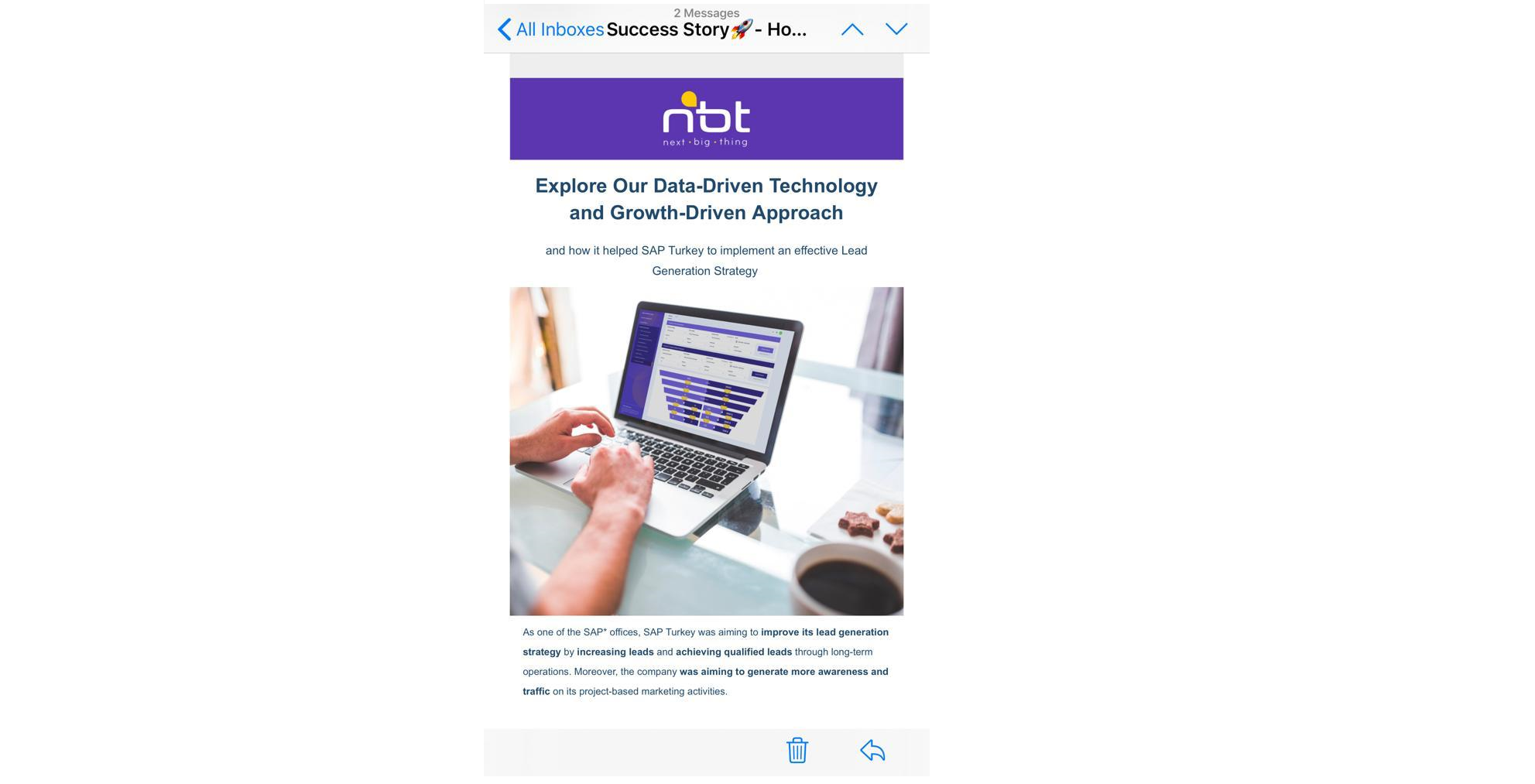
The more you develop and improve yourself in creating a campaign, the more your metrics (open rate, CTR etc) will get better.
Sending automated emails is another way of keeping contacts engaged and building brand loyalty. Email marketing automation, basically, provides you with a chance to automate your email tactics by sending personalized, timely, and relevant messages.
Users want to receive relevant messages in line with the actions they take. So, the power of personalization and segmentation capacity should be fully utilized when you automate your emails. For example, when we open an account on any platform, we receive a welcome email. That’s an action-based automatic email.
In order to increase your campaigns’ open rates and engagement, you can create many automation scenarios based on users’ actions.
As we mentioned at the beginning of our article, email marketing is a communication tool, therefore, you need a communication strategy. The best communication strategy of sending entirely relevant messages relies on considering users’ behaviour. Let’s take a look at the work-flow, known as email sequences, that you can set up in line with users’ behaviour:
Step 1: Create Action-Based Autoresponder: This refers to the messages triggered by the actions your users take. Did users download the free ebook on your website? At this point, you can reach them by sending them a thank you email and recommend similar contents.
Your action-based autoresponder tactics may include:
Step 2: Follow-Up by Tagging Your Contacts: When users take action, tag them according to their interests. For example, add an Event tag to users who sign up for a webinar invitation with the prediction that they have an interest in such events so that they can also register for future events. – So you realized you segment your users, right? You can create a workflow that will automatically send your event reminders or invitation for your next event to those users you segment.
Creating manual email campaigns for every user isn’t feasible. For this reason, you should automate your email campaigns by targeting users with similar behaviour. Thanks to email marketing automation, you can create a more efficient workflow and create a structure where you can repeat tasks without any effort.
Using data-driven email marketing automation allows you to:
In this way, you can
Therefore, most of the businesses start by setting up automated workflows that trigger the email sending according to the users’ actions to convert visits into revenue.
Although your email marketing goals are linked to building brand loyalty, which is aligned with your company’s goals and KPIs, indeed, you need to specify the email marketing goals to measure its success in the way of your final goal.
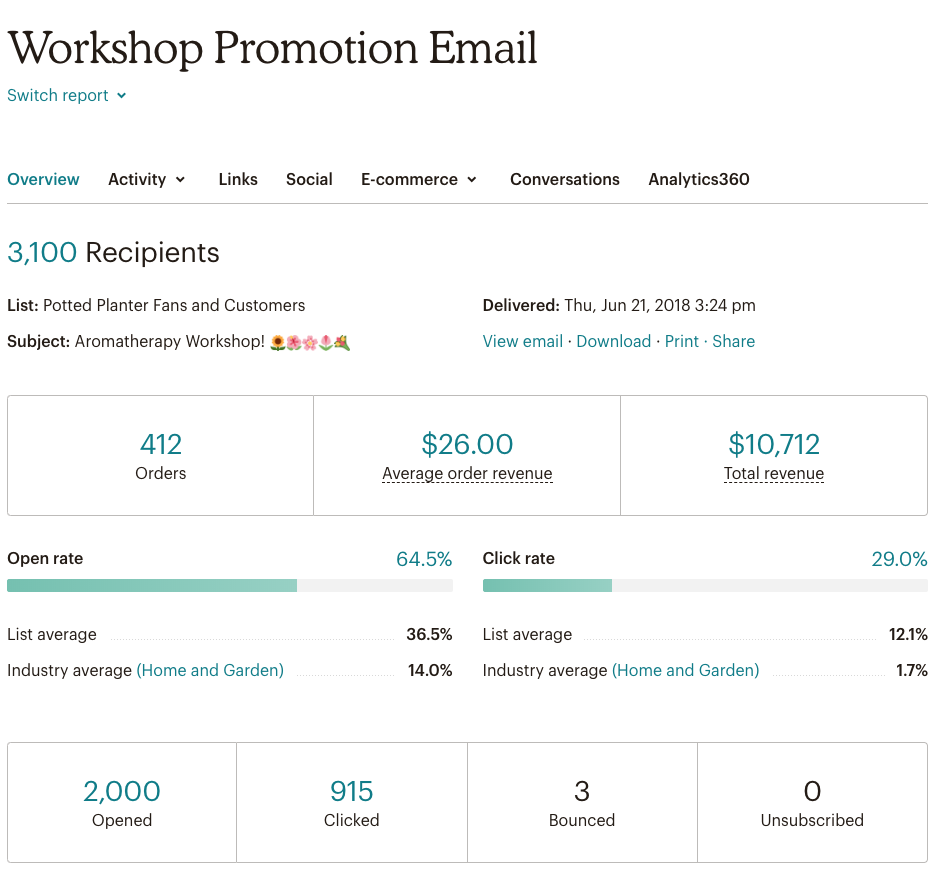
Source: https://mailchimp.com/help/about-open-tracking/
It is important to analyze an email campaign’s results to make the email marketing channel a growth tool. To optimize your efforts for better improvement, you need to monitor the performance. Depending on your email marketing goals, the metrics you need to track will vary. Metrics which you focus on will give you the insights to increase the success of your campaigns.
In order to have a comprehensive idea about tracking email performance and email marketing metrics, you can check out our Guide to Tracking Email Marketing Performance.
Last but not least, here’s a wide range of Email Marketing tactics we have prepared for you to implement into your growth marketing activities. You can choose the tactics according to your main goals (brand awareness + traffic generation, conversion, and retention) as well as the difficulty level (beginner, intermediate, advanced).
Related Content:
Growth Marketing Planning Guides – Email Marketing Planning: Learn how to create an email marketing plan step-by-step.
Growth Marketing Planning Tools – Email Marketing Planning: Practice how to create an email marketing plan and execute your plan with our easy-to-use tool.